Neanderthal Parallax 3 - Hybrids
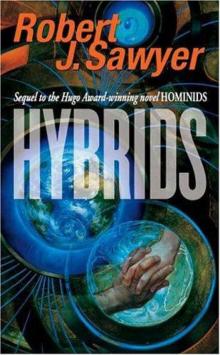

Author: Robert J. Sawyer
Category: Science
Published: 2004
Series:
View: 449
Read OnlineFrom Publishers WeeklyCanadian writer Sawyer brings his Neanderthal Parallax trilogy to a close, leaving some loose ends that beg for a follow-up further exploring the interaction of two parallel worlds: the overcrowded and polluted one we're used to and another inhabited by highly intelligent and civilized Neanderthals. In the earlier books (Hominids and Humans), physicist Ponter Boddit got translated from the Neanderthal world to ours, where he fell in love with geneticist Mary Vaughn. The couple joined with people of good will from both worlds to keep the link open. Now, though, it's time to consider the implications of such a continuing connection. If people have trouble getting along because of such distinctions as sex and race, how will they be able to co-exist with members of another species? Some individuals see anyone different as a rival, a threat that must be destroyed. Others coldly calculate how to seize new territory for "humanity." Sawyer's characters are less interesting for who they are than for what they are-or what they represent. Still, his picture of the unspoiled Neanderthal world is charming, and he raises some provocative questions. If, for example, only Earth-humans have brains capable of religious belief, should Ponter and Mary genetically design their child with that ability or not? It all amounts to some of the most outrageous, stimulating speculation since Robert A. Heinlein's Stranger in a Strange Land questioned our tired, timid conventions.Copyright 2003 Reed Business Information, Inc. From BooklistIn the conclusion of the Neanderthal Parallax trilogy (_Hominids_, 2002, and Humans [BKL Ja 1 & 15 03] precede it), scientists and lovers Mary Vaughan, who is human, and Ponter Boddit, who is Neanderthal, embark on the harrowing adventure of conceiving a child together. To overcome the genetic barbed wire of mismatched chromosomes, they must use banned technology obtainable only from a Neanderthal scientist living in the northern wilderness, alone but not isolated, for Neanderthals prefer a nonprivate society in which injured persons are quickly rescued, theft is unknown, and personal violence is contained, thanks to permanently implanted personal monitors--a society whose benefits Sawyer persuasively describes. The Neanderthals' electronic surveillance is compatible with their basic peacefulness, however, and can't begin to cope with human craftiness or the malevolent racism of one of Mary's colleagues, who considers Ponter's world as a plum ripe for picking. If his ambitions constitute one alarming threat to a society, the imminent collapse of Earth's magnetic field constitutes another, for it is feared that this will wreak havoc with human consciousness. In an excellent closing twist, a New Year's celebration is disrupted in a very alarming, uniquely human manner as a few Neanderthals watch dumbfounded. A fine combination of love story, social commentary, and ecothriller closes a terrific series with a bang. Roberta JohnsonCopyright © American Library Association. All rights reserved
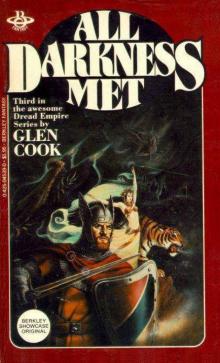 All Darkness Met
All Darkness Met Decisions, Decisions
Decisions, Decisions The Undying Wizard cma-6
The Undying Wizard cma-6 Wool
Wool Silent Hero: a tribute to Nintendo's The Legend of Zelda
Silent Hero: a tribute to Nintendo's The Legend of Zelda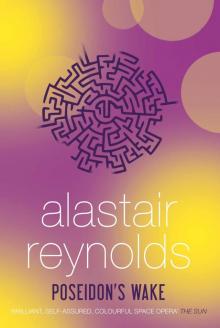 Poseidon's Wake
Poseidon's Wake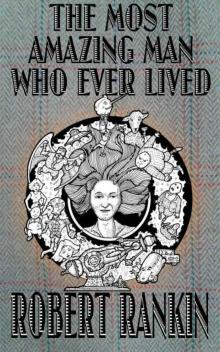 The Most Amazing Man Who Ever Lived
The Most Amazing Man Who Ever Lived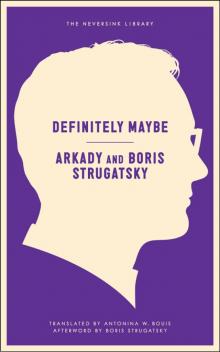 Definitely Maybe: A Manuscript Discovered Under Unusual Circumstances
Definitely Maybe: A Manuscript Discovered Under Unusual Circumstances